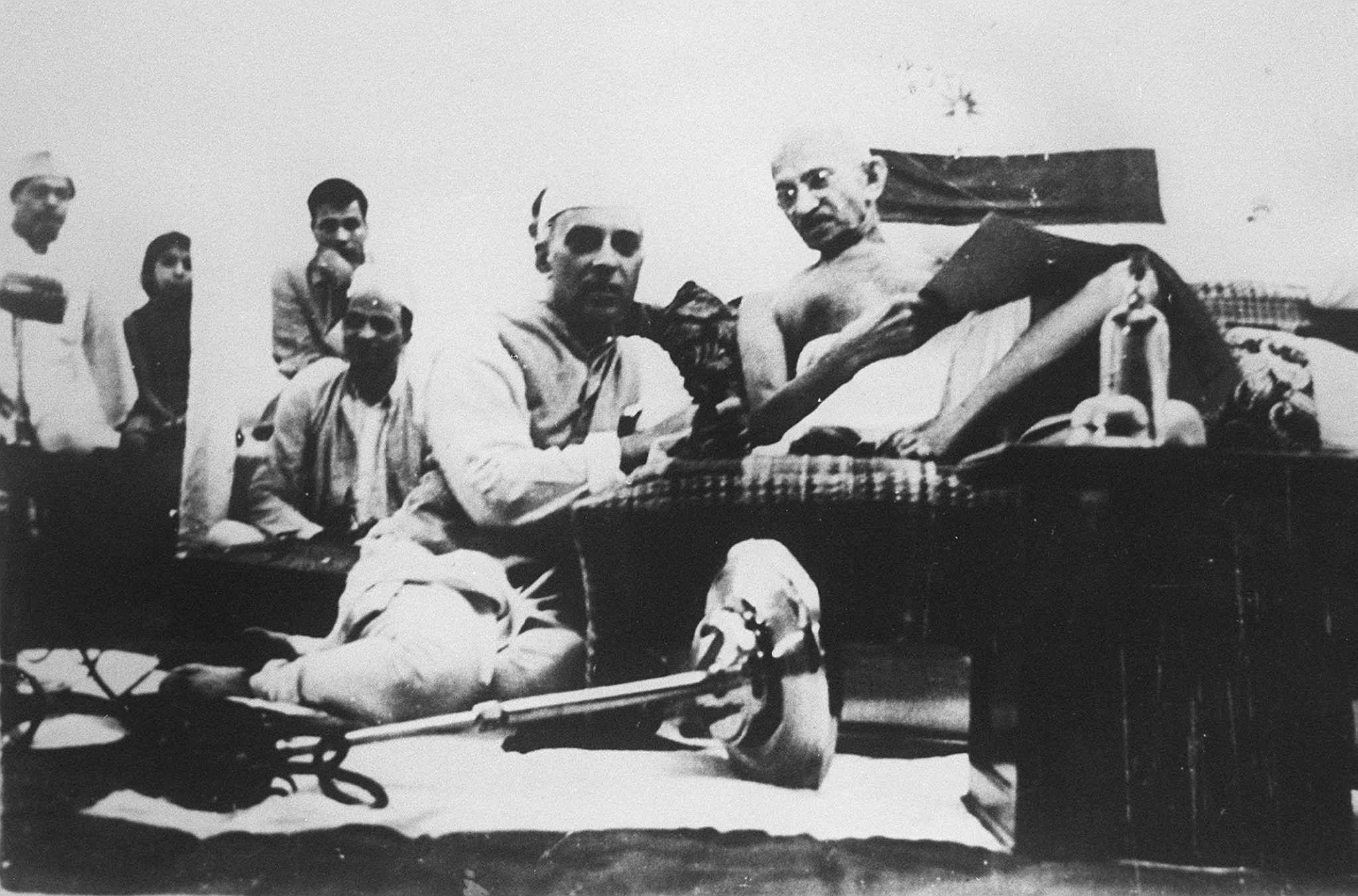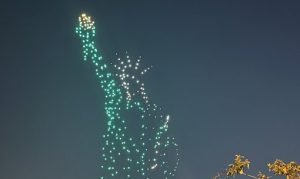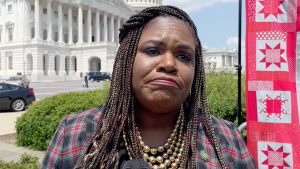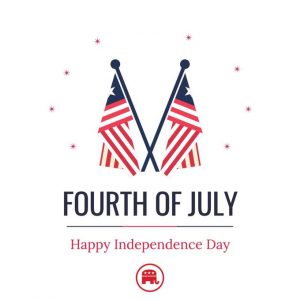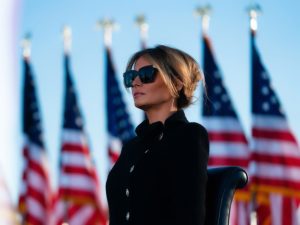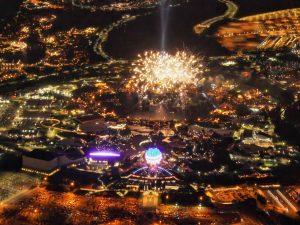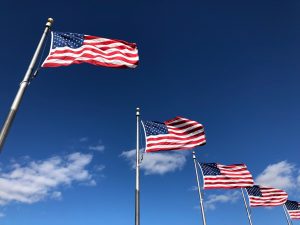The struggle of millions of Indians paid off in August 1947 after the British relinquished their power from over India after ruling for two long centuries.
Pandit Jawaharlal Nehru, India’s then interim Prime Minister, beautifully captured the hopes of an eternally hopeful nation in his speech at the midnight on 14/15 August 1947.
“Long years ago, we made a tryst with destiny, and now the time comes when we shall redeem our pledge, not wholly or in full measure, but very substantially. At the stroke of the midnight hour, when the world sleeps, India will awake to life and freedom,” Nehru said in front of the Constituent Assembly.
As India is celebrating its 74th Independence Day, here are some lesser known facts about it:
1. Original deadline for the transfer of power
In his address to the House of Commons in February 1947, British Prime Minister Clement Atlee set June 30, 1948, as the deadline for the transfer of power to Indian leaders. But four months later, Indian viceroy Lord Mountbatten declared August 15, 1947, as the day when the transfer of power would take place.
2. Why August 15?
The Indian Independence Act was introduced in the British House of Commons on July 4, 1947, and was passed within a fortnight, in which it was decided that the British rule would come to an end on August 15.
But, this date came out of the blue. As quoted in ‘Freedom at Midnight’, Mountbatten said, “The date I chose came out of the blue. I chose it in reply to a question. I was determined to show I was master of the whole event. When they asked had we set a date, I knew it had to be soon. I hadn’t worked it out exactly then, I thought it had to be about August or September and I then went out to the 15th August. Why? Because it was the second anniversary of Japan’s surrender.”
On August 15, 1945, Japanese Emperor Hirohito in his recorded radio statement announced the surrender of Japan before the Allied forces. The address later came to be known as the Jewel Voice Broadcast.
3. Uncertainty in Punjab and Bengal
Cyril Radcliffe arrived in India on July 8, 1947, with the task to divide the Indian subcontinent into two. The division of Punjab and Bengal was the most contentious as none of them had an overwhelming majority of either Hindus or Muslims.
The Radcliffe Award for the two states was announced by Mountbatten on August 16, 1947. Thus, even after independence people of the two states did not know if they would be a part of India or Pakistan.
4. Hyderabad, Junagadh, Kashmir
As India was heading towards freedom, there were over 500 princely states — the semi-autonomous kingdoms that were ruled by kings. Almost all of them, which fell within the boundary of post-partition India, agreed to join the Indian Union.
However, three states refused to do so. Hyderabad was a Hindu-majority state, ruled by Nizam Mir Usman Ali, who declared independence. The Indian government launched ‘Operation Polo’ on September 13, 1948, and within four days, the Indian army gained control over the state.
Junagadh, another Hindu-majority state was ruled by Nawab Muhammad Mahabat Khanji III, who declared his state’s accession with Pakistan. A plebiscite was held on February 20, 1948 in which 91% of the voters chose to join India.
The situation in Kashmir was the opposite. It was a Muslim-majority state ruled by Maharaja Hari Singh, who decided not to accede to either India or Pakistan.
But after the tribal invasion by Pakistan in October 1947, the Maharaja sought India’s help, which agreed to send in troops once he signed the Instrument of Accession with India. He signed the agreement on October 26, 1947 following which Jammu and Kashmir became a part of the Indian Union.
5. No national anthem
‘Jana Mana Gana’, India’s national anthem was written by poet Rabindranath Tagore and was first sung at the Calcutta Session of the Indian National Congress on 27 December 1911.
However, it was adopted as the national anthem on January 24, 1950, two days before India celebrated its first Republic Day.
6. India shares independence day with these other countries
India shares its independence day with five other countries: North and South Korea (from Japan), Liechtenstein (from Germany), Republic of Congo (from France) and Bahrain (from Britain).

